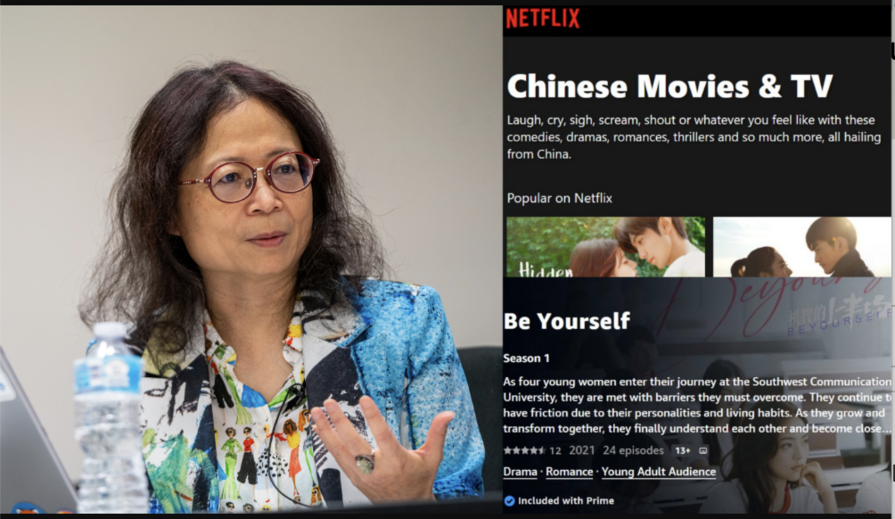Yuan-Che Hsiao, D.P.A.
Abstract (Summary)
This research focuses on strategic management of public policy within Taipei city agencies. The difficulties facing public management in an era of transition raised the following questions: What are the implications of public-private distinctions for public management? What are the characteristics or dimensions of strategic patterns? and How are these revealed in the public sector?
The literature of strategic management was found to have little to say about these issues. A framework of six dimensions was developed relating strategic scope, change orientation, planning or vision, strategic control, level of focus, and structure. This case was tested with six officials of the city of Taipei, Taiwan: two directors of the Environmental Protection Bureau; two directors of the Rapid Transit System Bureau, and the two mayors.
After reviewing the literature of strategic management, two major approaches--contingency and configuration--are discussed and compared. A configurational approach is used to test the domain metaphor of 'coalignment' for public strategic management. Data from public documents, public sources, and interviews with public managers and major actors in the process, were systematically analyzed.
Several central findings resulted. First, there are entrepreneurial, bureaucratic, political, and professional strategic patterns within these Taipei city agencies. Second, the factors of leadership, communication, and public legitimacy influence three of four strategic patterns. Other factors influence two of four strategic patterns. Third, entrepreneurial and bureaucratic patterns are associated with internal factors, while political patterns are closely associated with external factors.
A number of implications for theory, practice, and direction for future analyses are offered: conceptual innovation for public strategic management; cross cultural implications for readers, and implications for top managers, such as the mayor; synthesis of existing or new dimensions, strategic leadership, and strategic patterns in organizational life cycles.
Advisor: Clayton, Ross



